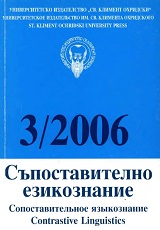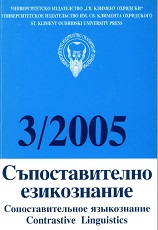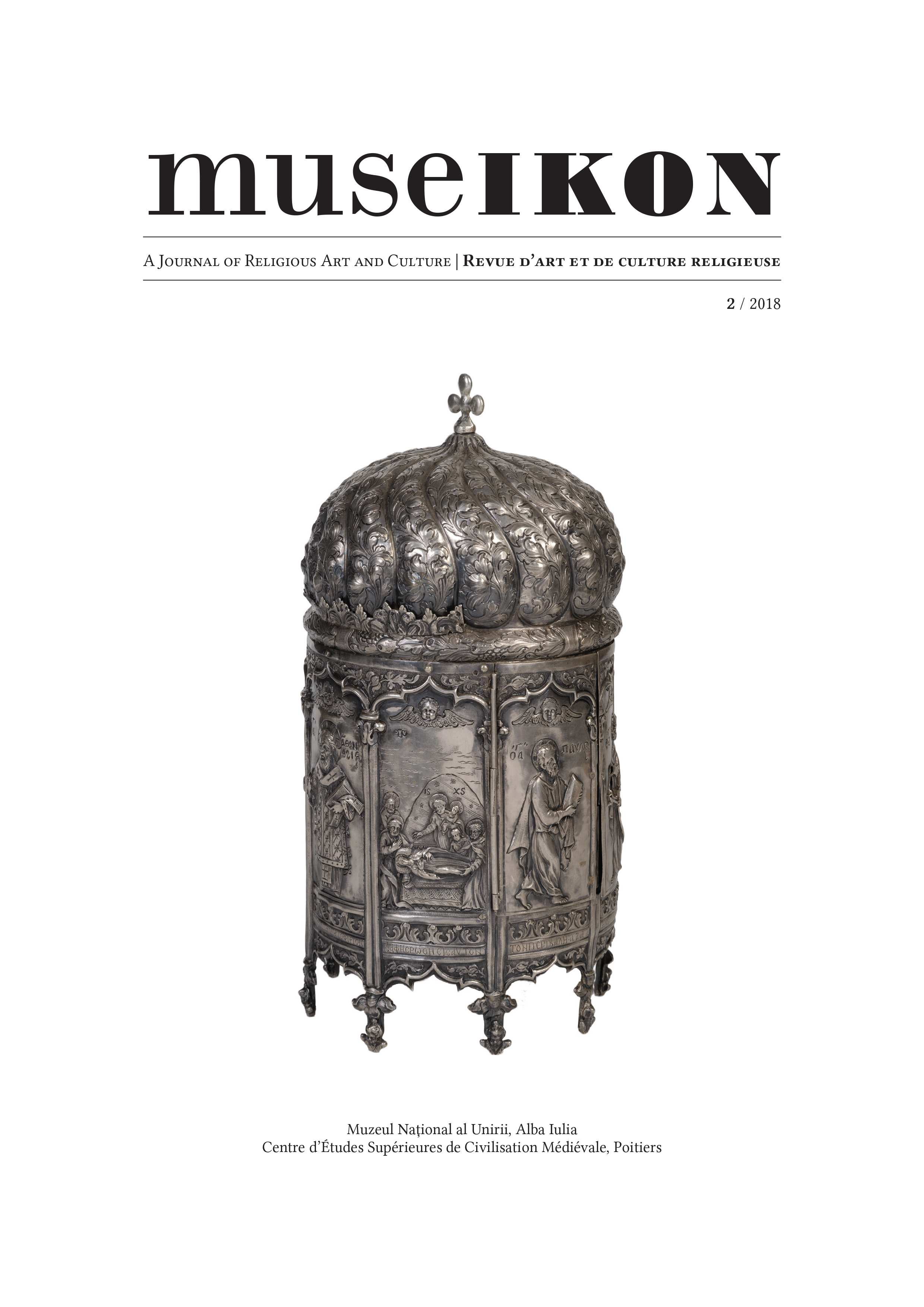
We kindly inform you that, as long as the subject affiliation of our 300.000+ articles is in progress, you might get unsufficient or no results on your third level or second level search. In this case, please broaden your search criteria.



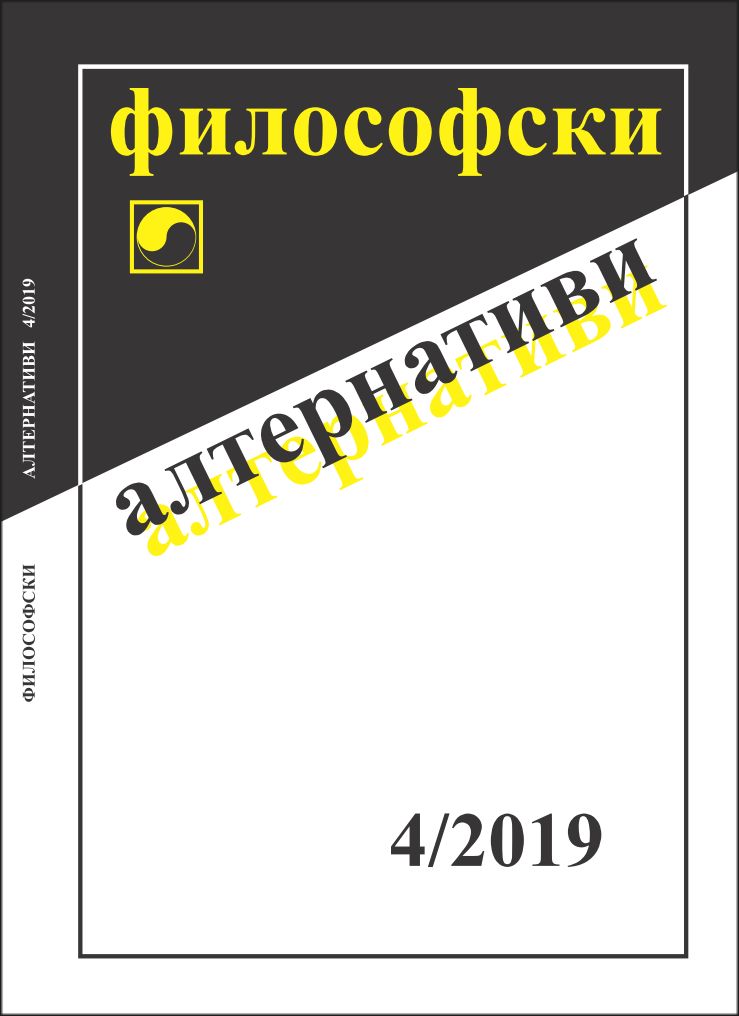
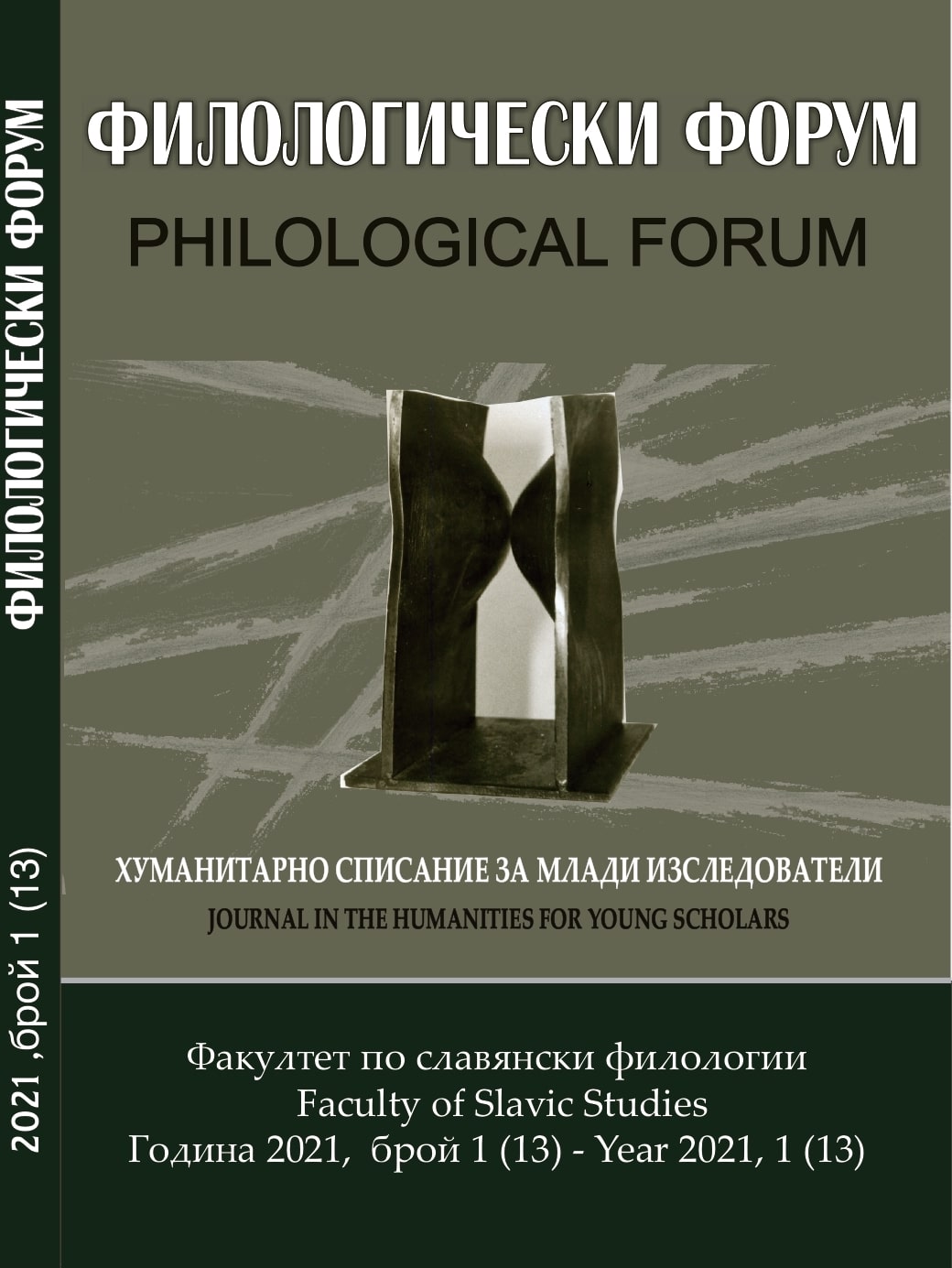
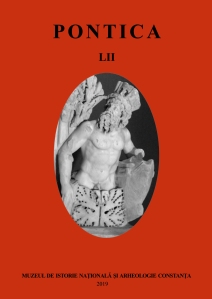
Vi sono alcune fonti tardoantiche esasperanti per gli studiosi in quanto se neconoscono pochissimi elementi sicuri: un esempio famoso ne è L’Historia Augusta.Nella stessa categoria si iscrive anche la raccolta di microbiografie nota con iltitolo Les hommes illustres de la ville de Rome. Paul Marius Martin, il curatore dellarecente edizione pubblicata presso Les Belles Lettres nella Collection desUniversités de France e sulla quale ci soffermeremo in seguito, spiega che „presquetout est obscur dans celui-ci: la date exacte de sa rédaction, son véritable titre, son auteur, sa composition même” (p. IX) (si veda anche p. X: „Le titre De uirisillustribus Vrbis Romae n’est certainement pas le titre original, non plus que lestitres de chapitres qu’on trouve dans certains manuscrits”). Di conseguenza, laprovocazione è stata enorme, ma – dobbiamo dirlo sin dall’inizio – l’editore l’hafronteggiata con successo. Con acribia, con spirito analitico, con ampia visione,con ottima conoscenza delle fonti, Martin ha fatto il meglio per offrire le soluzioni più convincenti alle qustioni sollevate da questa fonte tardo-latina.
More...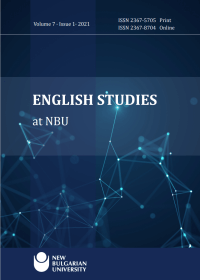
While there are major works tracing the themes of belonging and longing for home in contemporary fiction, there is no current study adequately addressing the connection between dystopian novel and nostalgia. This paper aims to illustrate how the Canadian writer Margaret Atwood uses nostalgia as a framework to level a critique against technological utopianism in her dystopian novel Oryx and Crake (2003). The first novel in Atwood’s “Madd Addam Trilogy” problematizes utopian thought by focusing on the tension between two utopian projects: the elimination of all suffering and the perfection of human beings by discarding their weaknesses. Despite the claims of scientific objectivity and environmentalism, the novel exposes the religious and human-centered origins of Crake’s technological utopian project. Atwood’s Oryx and Crake is an ambiguous work of science fiction that combines utopian and dystopian elements into its narrative to criticize utopian thought.
More...
This paper revisits the issue of the importance of context and critical thinking in translation and translation training by examining the linguistic controversy over the translation of the word mokusatsu in the statement of Japan’s Prime Minister Suzuki in response to the Potsdam Declaration. There is a widespread belief that the bombing of Hiroshima in August of 1945 was caused by a translation mistake. The author sides with the opposing view, i.e. that such an approach takes one word of the statement out of context in order to shift the focus of the problem from politics to linguistics. The message of the statement is unambiguous when analyzed in its entirety. As a result, it is obvious there was no translation mistake and the bomb was dropped for reasons other than translation quality. Sadly enough, the myth lives on as a textbook example of ‘the worst translation mistake in history” whereas it should be taught as an example of probably ‘the worst translation myth in history’.
More...
Communication among human beings cannot be stopped. More specifically, digital communication is the sign of our times and the main symbol of developed western civilization in the late 20th and early 21st century. Even though the “digital era” was inexorably on the rise in recent decades even before the coronavirus raised its ugly head in 2020, now it is relentlessly bound to increase its presence and keep a firm grip on our daily routine. Digitalization has come to stay and the number of routes deriving from the new circumstances of imposed limitation of human contact, interaction and intercourse are expected to grow and grow: the sky is the limit.
More...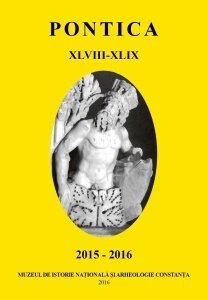
This review presents the work of Florin Fodorean, Pannonia, Dacia and Moesia in ancient geographical sources. The paper analyzes the data from the two sources, in which it discusses each segment provincial road and makes extremely detailed comparisons between different parameters prove, indisputably, a perfect mastery of the field. Instead, the least familiar with the subject (the signatory of these lines is one of they), who cannot avoid this work for various reasons - scientific, didactic, etc. -, will have to show a lot of patience and attention to manage among "Listings", figures, percentages, values, frequencies, "cases", figures, tables which abounds in it; dry descriptions, standard expressions, annoying repetitions of the same information from one section to another.
More...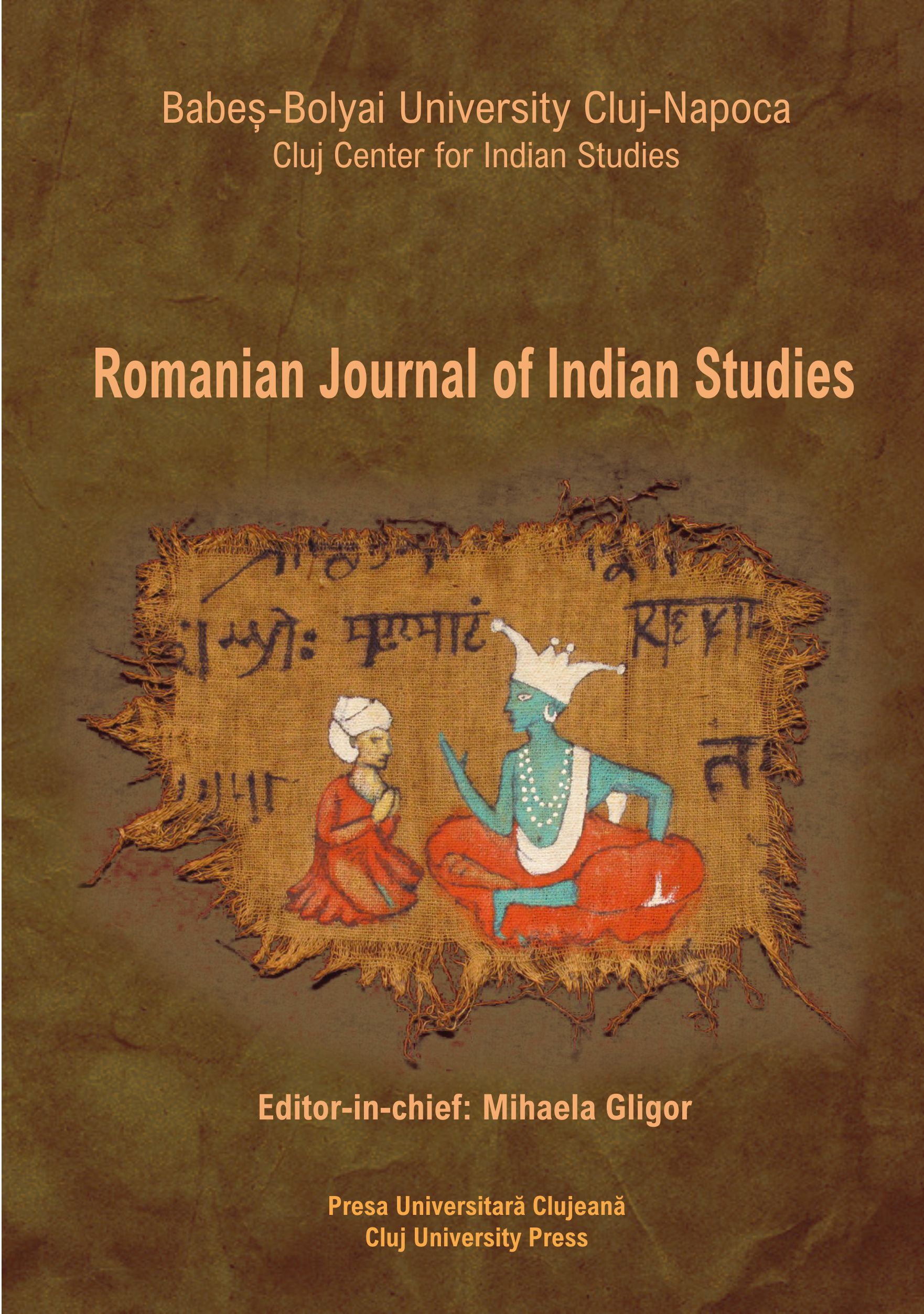
Folk music and folk culture of Bengal had a profound effect on Rabindranath’s musical essence. The various forms of folklore, the beauty of its rhyme and literary value influenced the poet’s literary pursuits in many ways. Rabindranath brought a new form by breaking and re-modelling the structure of various folk-melodies and by mixing those with his self-created tunes. This paper will try to examine the influence of folk music in Rabindra Sangeet and will try to trace the journey of Rabindranath’s perception of the same.
More...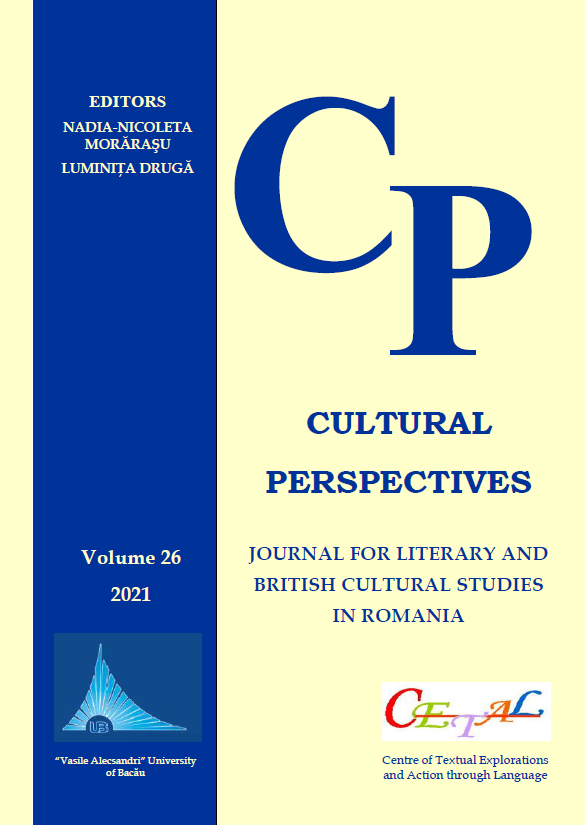
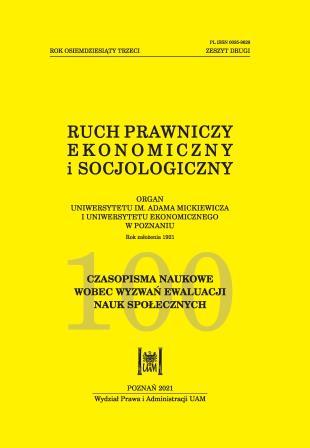
The centenary anniversary of Ruch Prawniczy, Ekonomiczny i Socjologiczny is a good time for reflection on the status of social science journals in Poland. The article compares the form and content of the twelfth volume (1932) of RPEiS with today’s academic journals. The major conclusion is that the pre-WWII journal was targeted at the broadly defined milieu of the humanistic intelligentsia, while today’s journals are addressed exclusively to a narrow group of academic specialists. Is there a chance of establishing a social science periodical in Poland that would attract a broader readership, including both scientists and practitioners in the field of the social sciences?
More...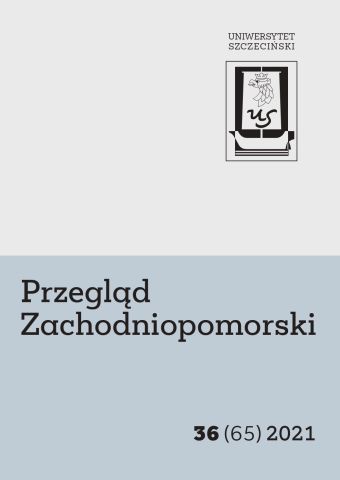
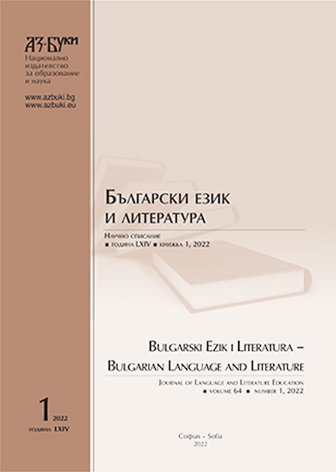
The article briefly presents collections with donation inscriptions from the personal library of Prof. Stoyan Karolev, stored in "Zachary Knyazheski" Regional Library - Stara Zagora. Presented collections include copies of donation inscriptions by Radoi Ralin, Blaga Dimitrova, Andrey Germanov, Damyan Damyanov, Veselin Andreev, Stanislav Stratiev, Ivan Davidkov, Mihail Toshkov, D. Chavdarov-Chelkash, Pencho Danchev, Atanas Natev, Encho Mutafov, Alexander Milanov, Kamen Zidarov, Ivan Paunovski, Ivan Sarandev, Vihren Chernokozhev. In addition to revealing connections between the literary critic and a great number of important names in our literature and culture from the 1950s to the beginning of the 2000s, donation inscriptions are valuable in their authentic handwriting and in their content, which testifies the authors' attitude to cultural phenomena and polemics, the excitement in their first steps, the development of their creative self-consciousness.
More...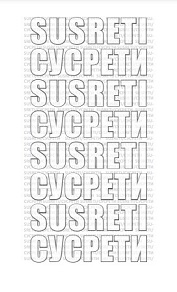
Susreti pozorišta/kazališta Bosne i Hercegovine u Brčkom odavno su prerasli državne okvire te danas imaju regionalni karakter i spadaju, po riječima jednog od protagonista zadnjih, 38. Susreta, u svojevrsno “Sterijino pozorje” novog doba. Od svojih početaka još davne 1974. godine pa do danas uvijek je bilo “kuka i podmetanja” s raznoraznih strana, no Susreti, nakon rata i poraća, 2002. ponovo obnovljeni, prkose nedaćama i opstrukcijama raznih centara moći, kako političkih tako i esnafskih.
More...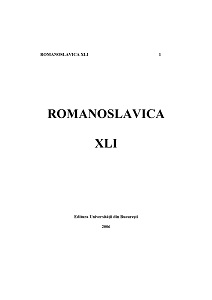
În a doua jumătate a secolului al XIX-lea şi la începutul secolului al XX-lea cultura gorjeană îşi găsea expresia în activitatea unui grup de intelectuali preocupaţi întru totul de ştiinţă şi învăţământ, iar efectul muncii lor se păstrează până astăzi: Nicu D. Miloşescu, Witold Rola Piekarski, Alexandru Ştefulescu, Iuliu Moisil, Ştefan Bobancu, Aurel Diaconovici.
More...